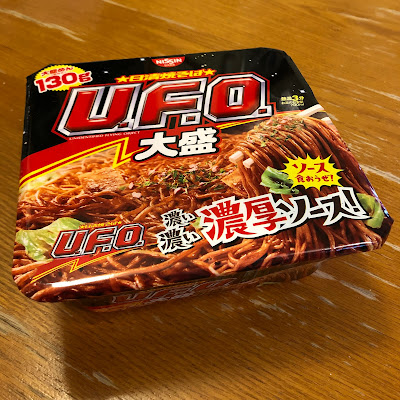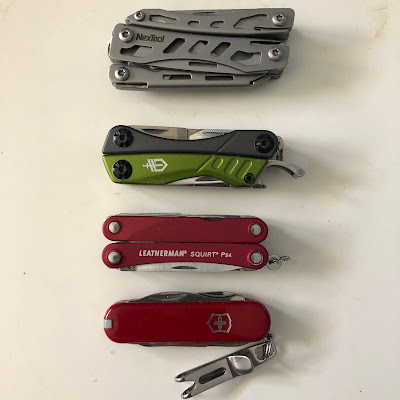I just recently returned from an eight day vacation in Japan where I visited Tokyo and Kyoto. I'll go through the sights in more detail in subsequent posts, but here is an overview of the trip. The main goal of this trip was to visit Kyoto to see the famous historic sites there and experience the living history that still exists here.
 |
| Nanzenji in Kyoto |
Kyoto was spared conventional and atomic bombing during WWII. Many ancient sites, buildings, and neighbourhoods still exist as a result of not being bombed. The history here isn't what you find in a museum either as many of these UNESCO World Heritage sites are very alive and still in use as Shinto shrines or Buddhist temples, or even have people living and conducting business in an ancient precinct that is a mix of old and modern buildings.
 |
| Kyoto Station at night |
Modern attractions such as Kyoto Station, the Kyoto Rail Museum, and the shopping district around the intersection of Shijo and Kawaramachi Streets complement all the traditional sights and the outstanding Nishiki Market Street for all things food. Kyoto is a relatively large city of 1.5 million and its pace of life is still lively, yet not as frenetic as the megacity of Tokyo. Kyoto is the city of shrines and it seems like there must be hundreds to thousands of them from tiny neighbourhood mini-shrines to the mega-shrines that are head temple or shrine for an entire Shinto or Buddhist sect across Japan.
Our itinerary was as follows by day:
- Arrive in Narita and take the Narita Express into Tokyo in the late afternoon. Have to transfer to a metro train to get to hotel (not a problem on a Saturday) and enjoy Shinjuku in the evening.
- Full day in Harajuku and Omotesando (we skipped Shibuya this trip). Visited the Kawaii Monster Cafe and experienced very large crowds in Harajuku and Omotesando on a Sunday.
- Early morning departure from hotel in Shinjuku to take metro to Tokyo Station (on metro by 7 AM to beat rush hour) and catch the Shinkansen to Kyoto. Spend the afternoon exploring Fushimi Inari Shrine and Sanjusangendo Shrine and Yasaka Shrine near our hotel in Gion.
- Visit the Kyoto Rail Museum, Yodobashi Camera near Kyoto Station and have lunch there at the train station. Then visit Nishiki Market which is an intense shopping experience for food ingredients (spices, herbs, rice, fish, veggies, miso, etc.), and a continuous snacking experience.
- Visit Arashimaya Bamboo Groves, Tenryuji Temple, Adashino-Nembutsuji Temple,
Otagi Nenbutsuji Temple, Ryoanji Temple, and Kinkakuji (Golden Pavillion).
- Visit Nanzenji Temple, Yasaka Shrine during the day, Pontocho, Gion, and Kiyomizudera Temple.
- Mid-morning departure back to Tokyo, and take metro to hotel across the street from the Tokyo Skytree. Spend time at Solomachi Mall (excellent mall at the base of the Tokyo Skytree), Asakusa Temple, and Ueno. Basing out of the Skytree means relatively easy access to Ginza, Tokyo Station, Akihabara, Ueno, Asakusa (so easy), but it is a long trip to Shinjuku, Ikebukuro, and Shibuya.
- Full day at Akihabara to see all the otaku sights, then the Tokyo-Edo Museum, and back to the Solomachi Mall and hotel. Skipped Ginza and Tokyo Station sights.
- Check out of the hotel and have them hold our luggage. Ascend the Tokyo Skytree just after 8 AM before the crowds hit and hang around the Solomachi Mall shopping the amazing traditional crafts and Japanese souvenir stores on the 4th floor. Grab luggage for a noon departure to Narita on the Sky Access Express from Oshiage Station (across the street from our hotel).
 |
| Yasaka Pagoda in Gion |
As you can tell, it was a busy schedule and on some days, we took taxis to reduce travel time (see day 5). Our feet were pretty sore after the first full day and jet lag hit us fairly hard on this trip, but we managed. Walking all day means you need to rest your feet and our feet weren't normal for a week afterwards even with good shoes. We had a great time and really enjoyed Kyoto and the selective sights in Tokyo.
 |
| Kiyomizudera Temple with Kyoto in the background |
Planning for this trip was not as fun as it should have been. Finding a room for three really limits your options. The next time I do this, I might consider a room for two and a single to find convenient locations. Pricing will factor into this too, but you do pay per person in Japan. I did find some pretty good hotels, with the hotel on our last night being outstanding for location and accessibility to the Skytree and Solomachi Mall.
 |
| Tokyo Skytree and Solomachi Mall |
Since I had never been to Kyoto before, I researched all the sights and places to eat before I went. Tripadvisor, Google Maps, Google reviews, and a number of websites about Kyoto were extremely valuable. We only had four days in Kyoto and we had to skip northern Gion (along
the canal is best in the evening), The Philosopher's Walk, the Silver
Pavillion, and Nijo Castle due to time constraints and exhaustion, but
we saw what I would consider the essentials. I Google mapped all of the
sights and restaurants I wanted to visit so I could plan itineraries
and minimize transit time.
 |
| Tasty ramen. Anything in Japan seems to be better than anything at home. |
We still didn't eat at half of the places I researched, but we hit enough of them to have the effort pay off. It is actually pretty hard to have a bad meal in Tokyo or Kyoto based on my experiences there, as food is really good from pricier restaurants all the way down the food at a convenience store. I'm not much into really expensive dining experiences ($100+ per person) as it is overkill, but I'm comfortable eating in the $10 to $30 range for memorable dining experiences.
 |
| Display for "Is The Order A Rabbit?" |
I'll just say one more thing about visiting Kyoto. In Tokyo, I'm there to visit the modern city and enjoy all of the geek culture there related to anime and high-tech wonders, but I know this stuff. In Kyoto, you need to read about the history, get the basics of Zen rock gardens, Buddhism, and Shinto, and find a guidebook or make your own resource that has more than a short paragraph about the places you are going to visit. Otherwise, it might be beautiful, but you don't get the whole context for enjoying it. In Greece and China I used the Blue Guides for archeological sites, but there isn't one for Japan. After awhile, one temple is going to look like another temple, so context and the stories about the place are very important. The Lonely Planet Kyoto guide has a fair bit of content and is a decent guide, but I would still do additional research. One last thing, during peak tourist season like cherry blossom time or November for the autumn colours, Kyoto can be crowded and many of the tourist sites can be an annoying zoo (you will hate selfie-sticks unless you are using one).
Tokyo and Kyoto Trip Fall 2016


















Comments
Post a Comment